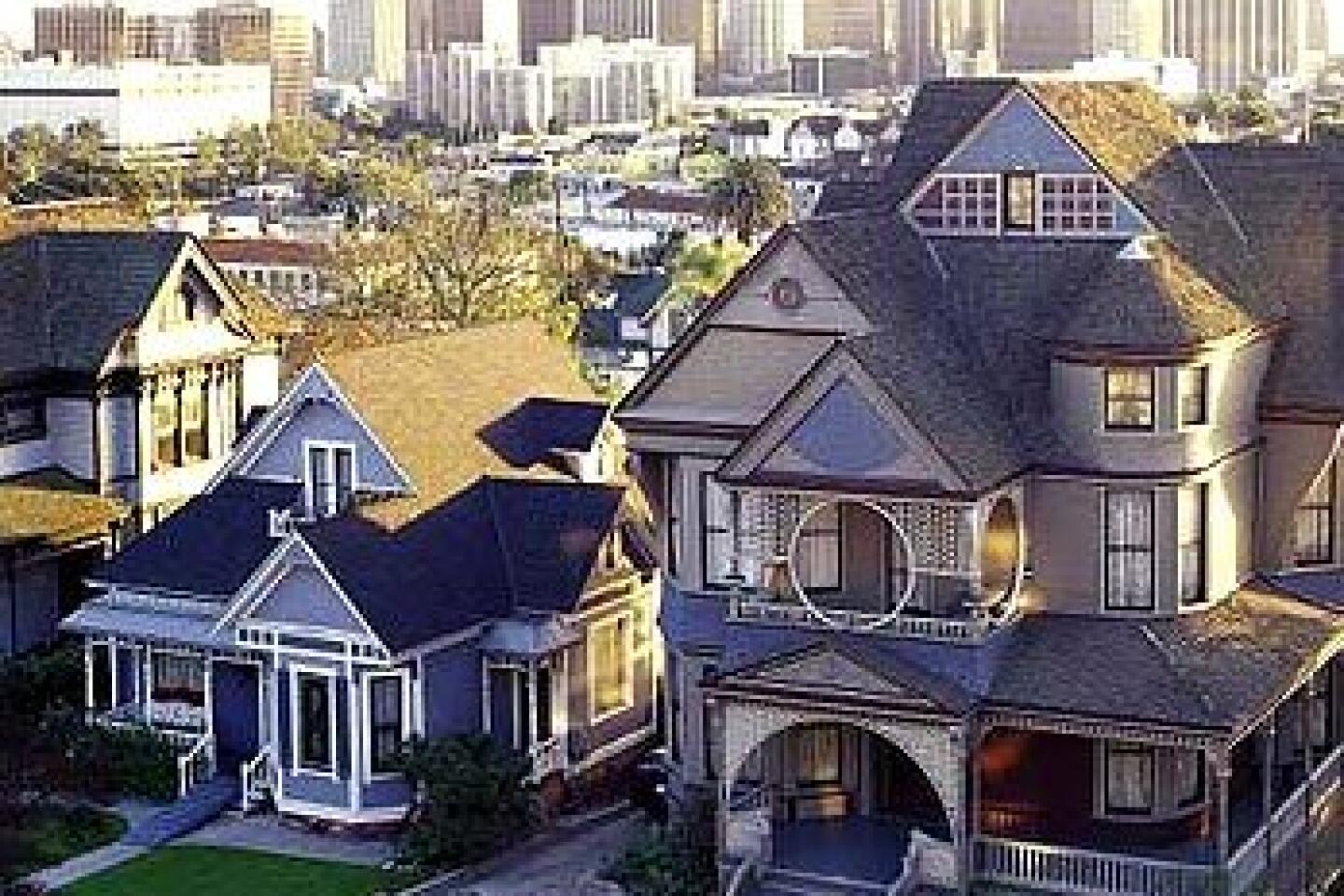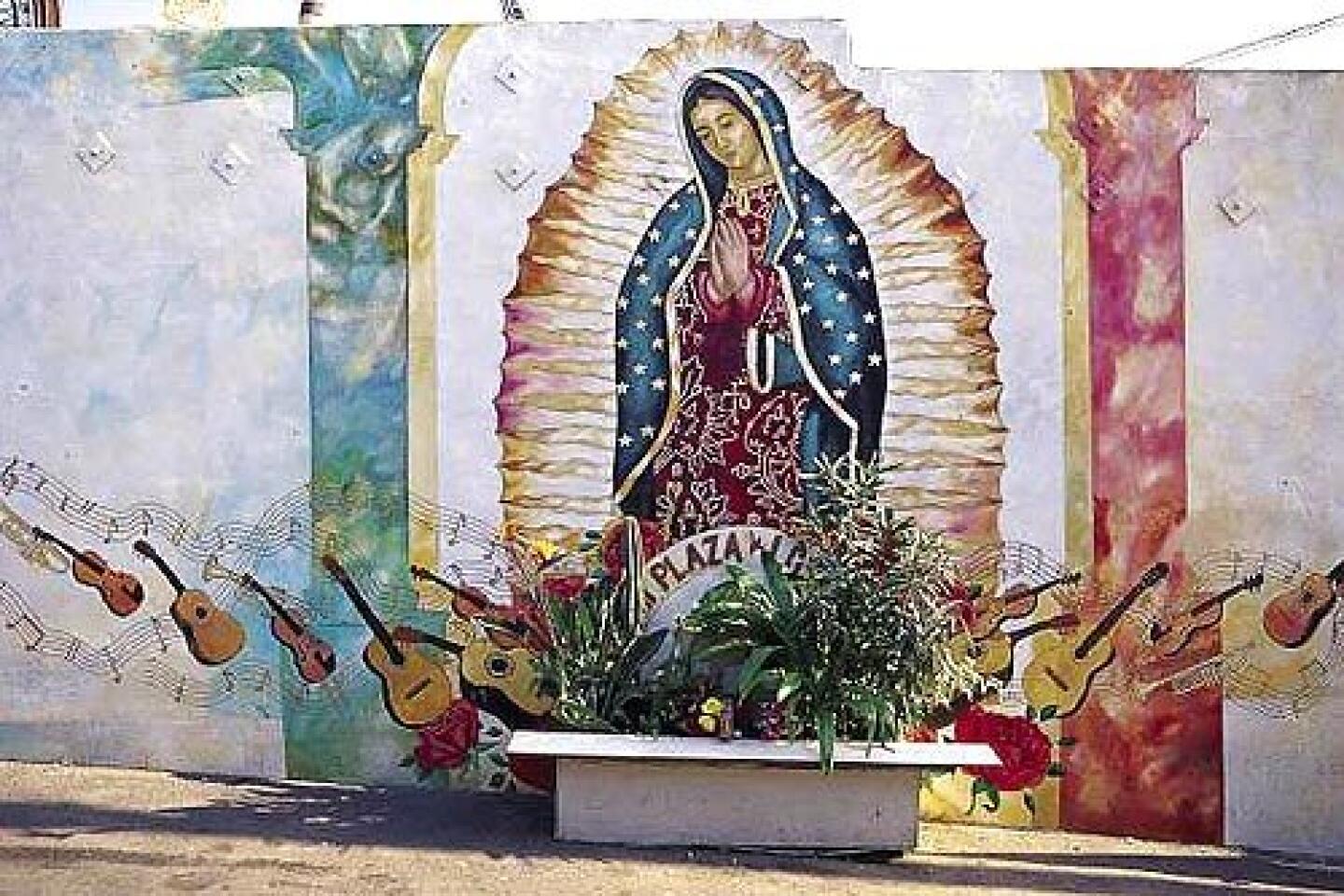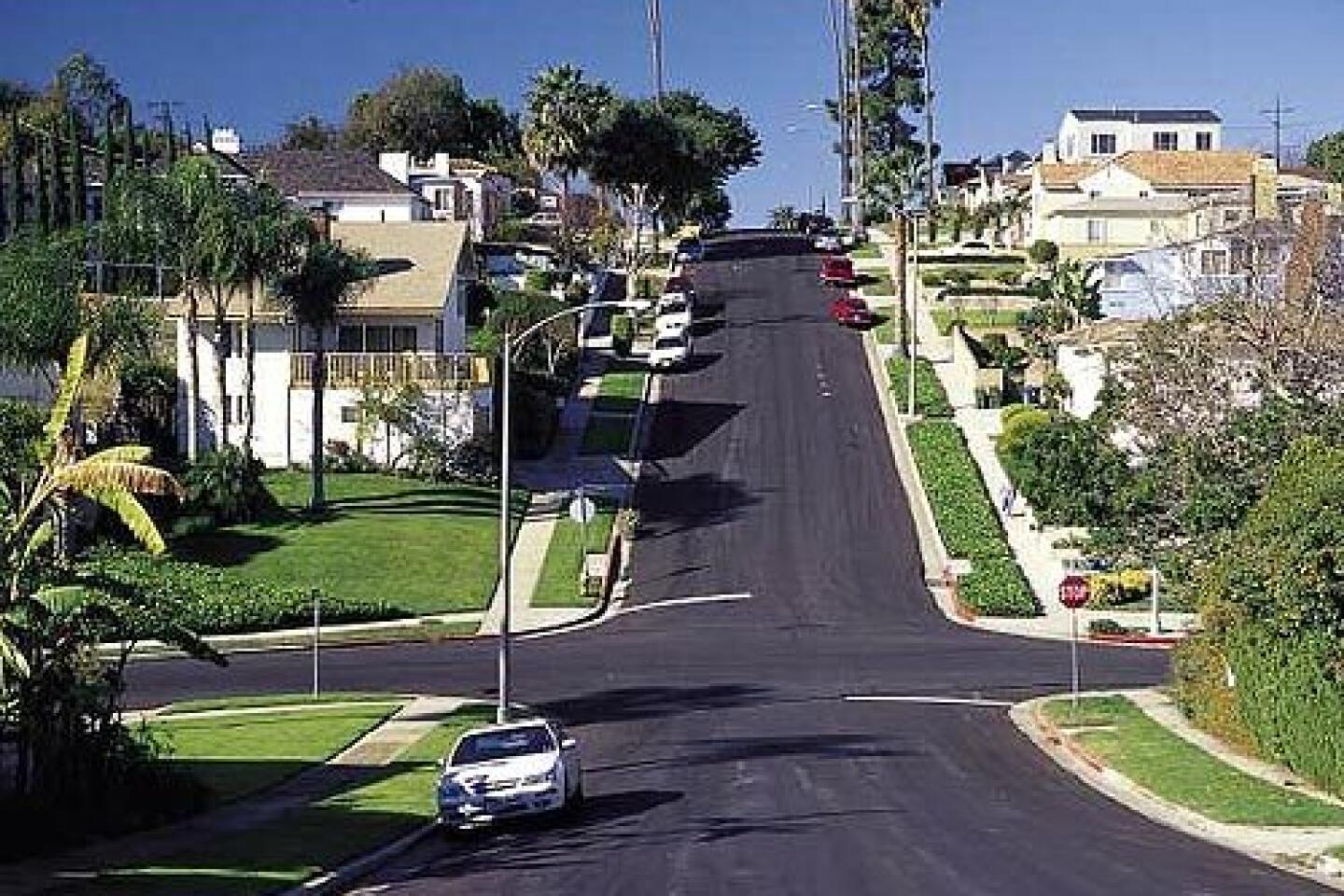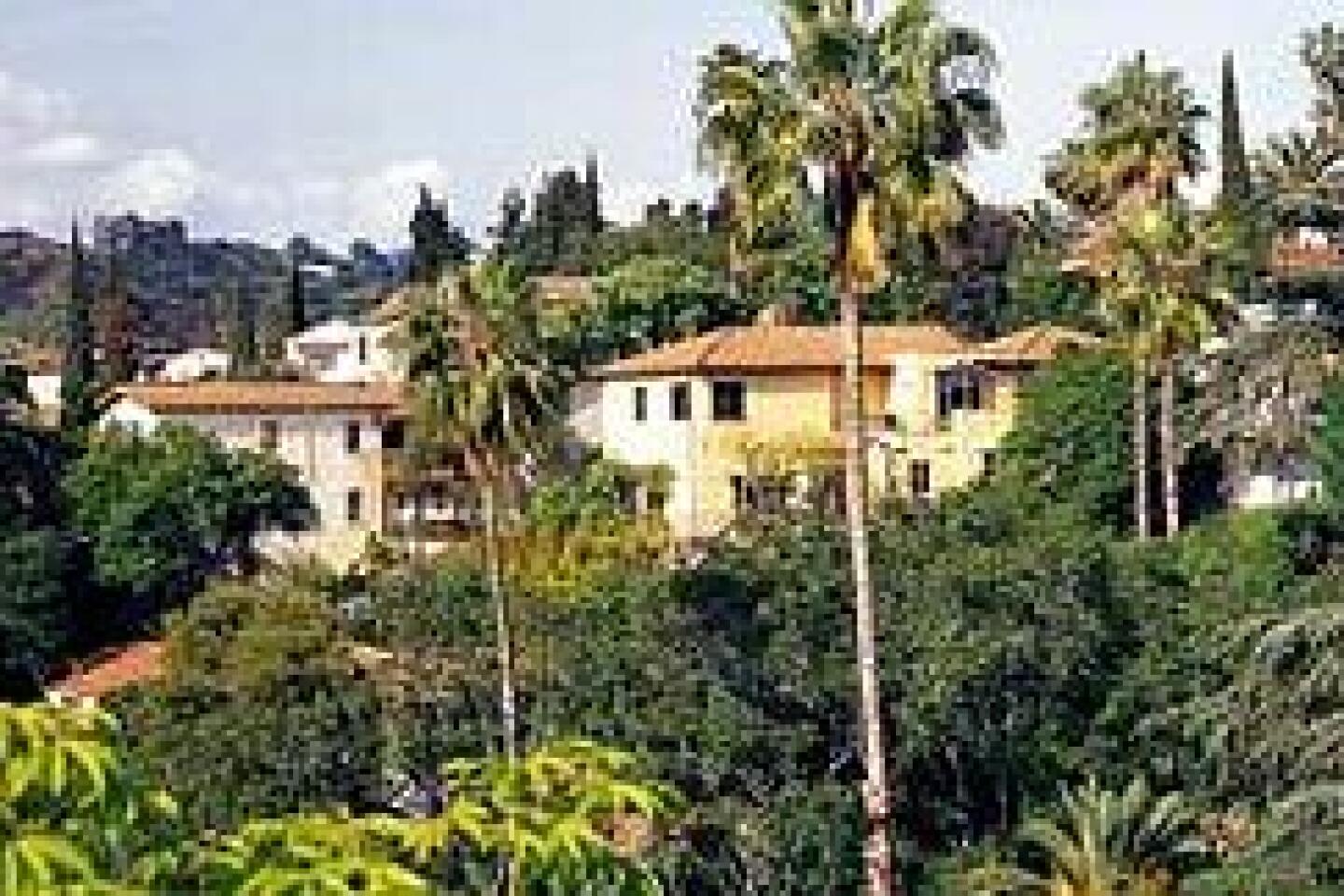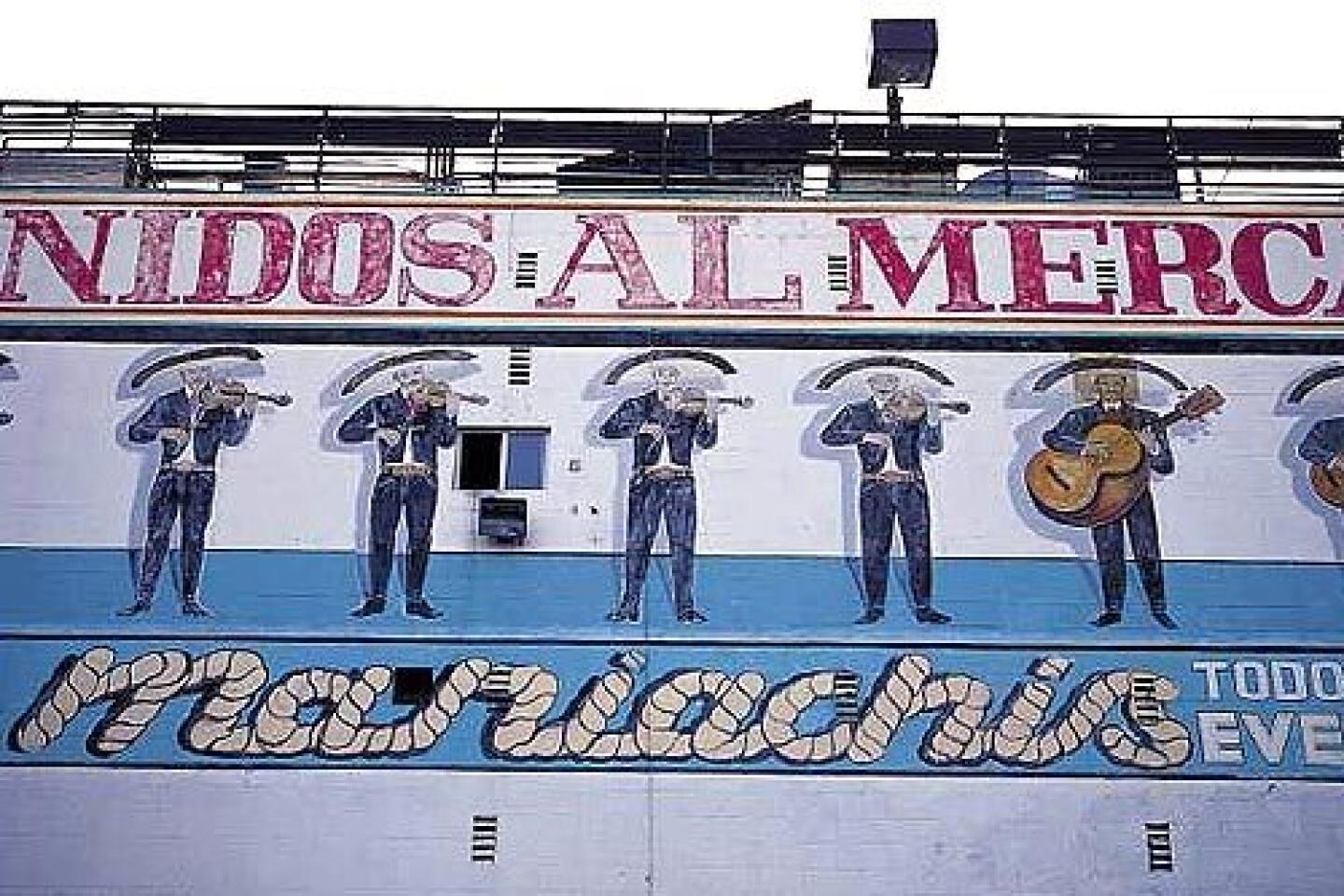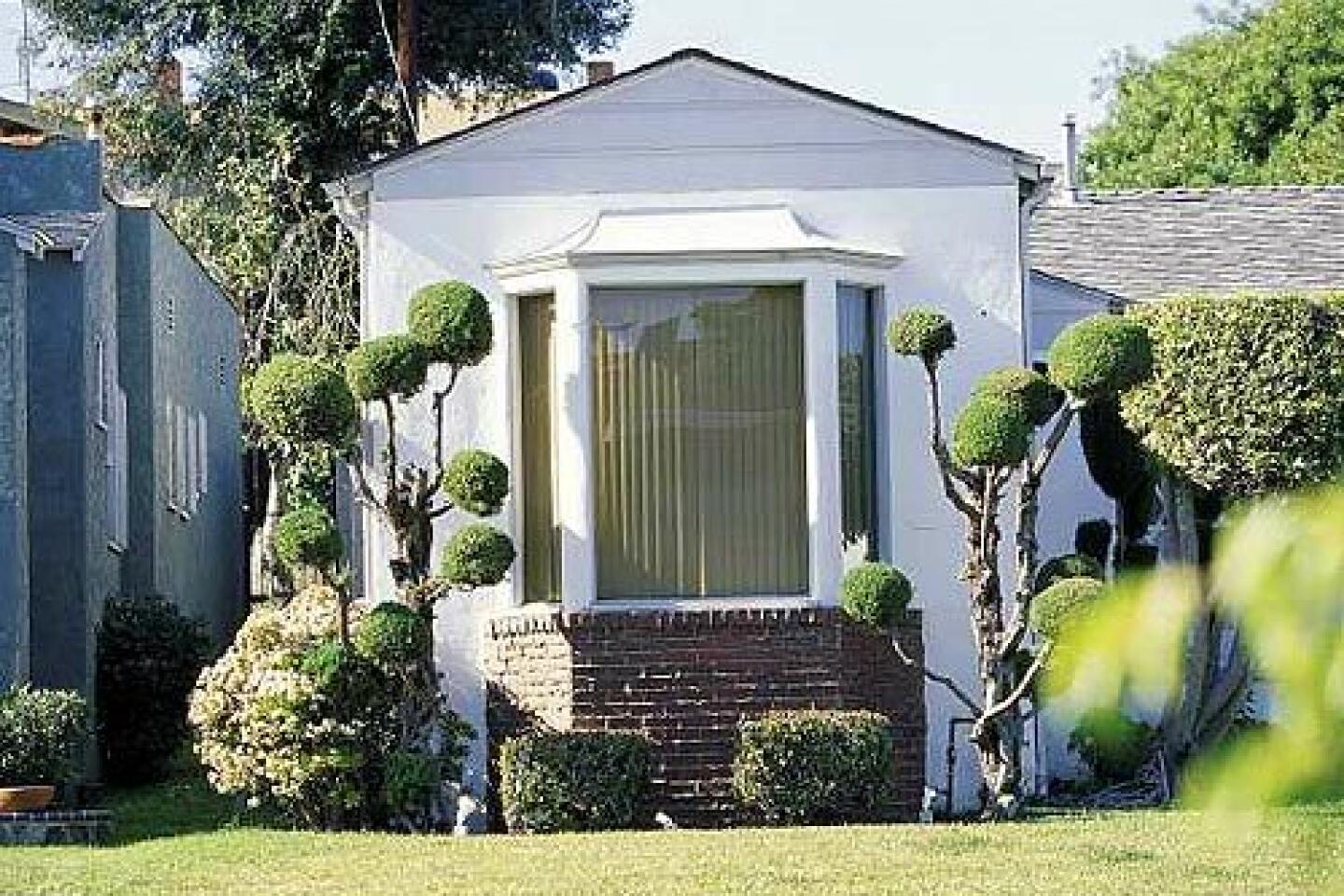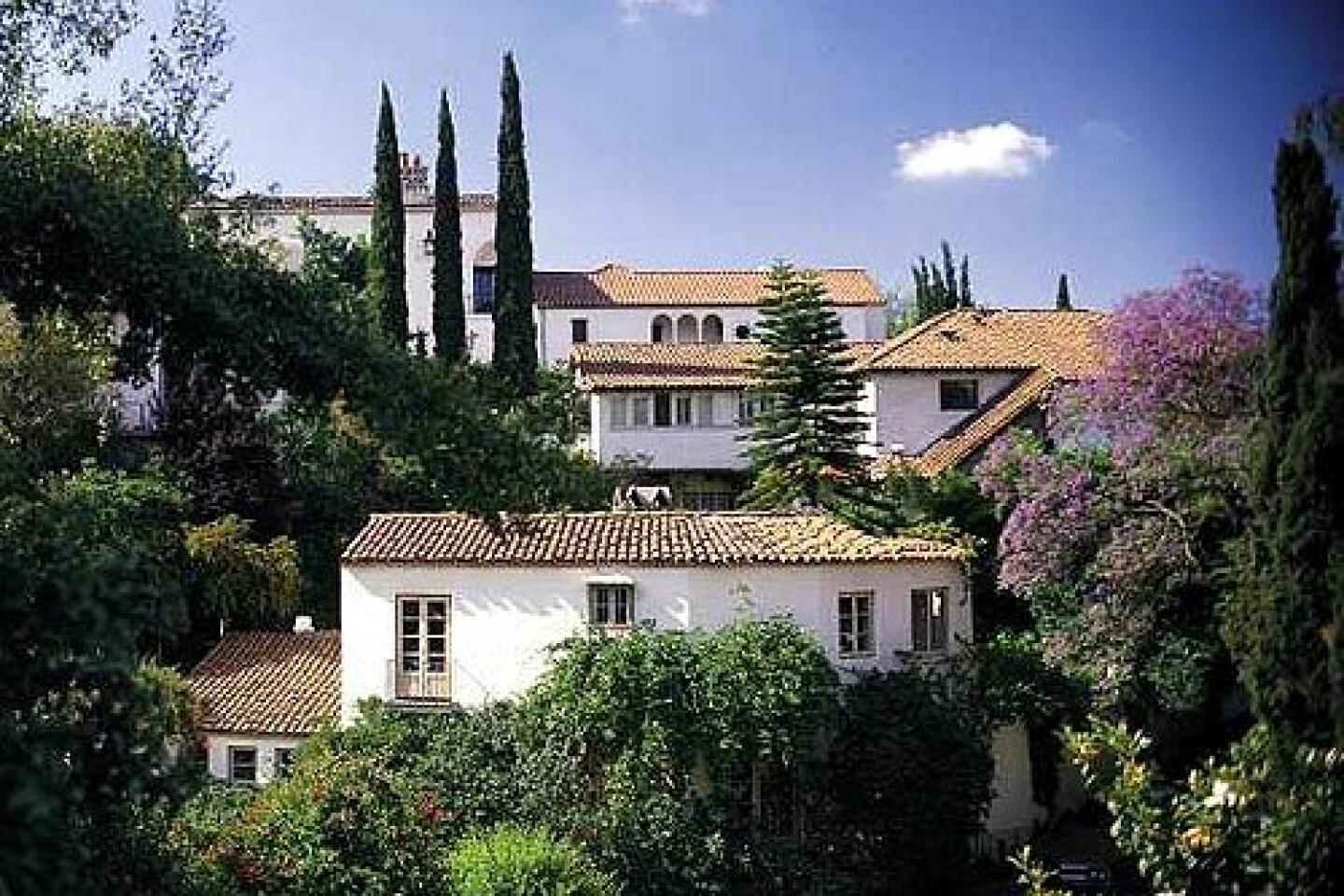The Height of L.A. Living
- Share via
All over Los Angeles, there are neighborhoods declaring themselves The Heights: Avocado Heights, Montecito Heights, Ladera Heights and many more. In some cases, the name reflects the topography; other times it’s more a state of mind.
Early settlers might have been escaping the heat or rising above the riffraff.
But most were just looking for the romance of a fantastic view.
Here are some of our favorites.
Barbara Thornburg is a senior editor for West and past president of the Los Angeles Conservancy. * Josslyn Luckett is a screenwriter and essayist whose work is set to appear in a new anthology, “What Your Mama Never Told You: True Stories of Sex and Love.” * Ruben Guevara is a journalist, bandleader (Ruben and the Jets), poet and founder/director of Arts 4 City Youth, an arts program based in Boyle Heights. * Kent Black is style editor of West. He has written for, among others, Rolling Stone, GQ and the New York Times Magazine.
More to Read
Sign up for Essential California
The most important California stories and recommendations in your inbox every morning.
You may occasionally receive promotional content from the Los Angeles Times.

